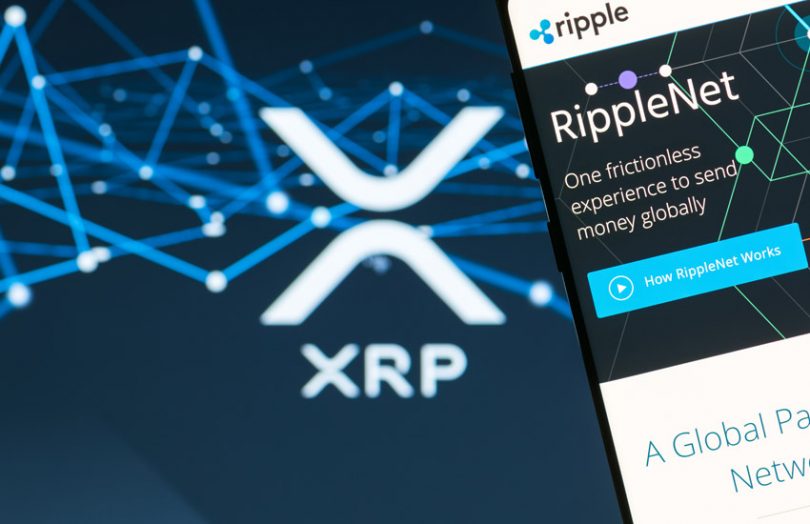Yesterday Ripple published a blog post saying it’s piloting a private version of the open-source XRP Ledger to provide central banks with a solution for central bank digital currencies. Numerous technology, consulting and payments firms are vying to provide central banks digital currency (CBDC) solutions for what will be lucrative long-term deals. One of the highest-profile ones is Mastercard.
Ripple says that “distributed ledger technology (DLT) will be the basis for most CBDCs, just as it is for today’s cryptocurrencies”. We don’t believe that’s a foregone conclusion. While many central banks see the advantages of DLT they’ve also voiced concerns about the novelty compared to existing infrastructures and the scalability issues.
This scalability issue is where Ripple makes its pitch that its solution is designed to issue cryptocurrencies and for payments. The company claims it can scale to tens of thousands of transactions per second and potentially hundreds of thousands in time. It also notes that it’s 61,000 times more efficient energy-wise than Bitcoin. But then central banks weren’t about to use Bitcoin.
Another point in Ripple’s favor is the solution incorporates RippleNet. XRP Ledger has appealed mainly to money transfer companies but very few banks. In contrast, RippleNet is used by several big banks who say positive things about the technology. Japan’s SBI has built out MoneyTap based on the technology which acts as an interbank payment system. SBI is even developing ATMs powered by Ripple tech. Given most central banks plan to involve commercial banks, that knowledge and endorsement could be powerful.
Ripple also touts the potential for interoperability and proposes a network of CBDC Ledgers to enable full settlement interoperability. Four central banks recently announced a multi CBDC bridge project to explore interoperability.
In reality, Ripple’s technology may well be a valid technical option for some central banks. We’re not aware of it being tried out for this purpose so far.
Is Ripple untouchable?
However, the big problem Ripple has is optics. How many central banks will be willing to engage with a company that’s in a legal battle with the SEC about whether XRP is a security? Moreover, if Ripple loses its SEC battle, the company could be crippled by private legal claims. That uncertainty is enough to put off conservative central bankers.
But there are two possible ways of getting around the issue. Firstly, if Ripple is serious about CBDC and receives the right kind of feedback, it could set up a subsidiary or separate company to do this. One that could potentially be acquired if things go pear-shaped for Ripple with the SEC lawsuit.
But the technology is also open source, so perhaps the central banks could try it out directly. While it wouldn’t have the required privacy adaptations, the ability to turn it from a public to private network should be simple because of Ripple’s design. XRP Ledger has a Unique Node List which is a trusted set of servers. The central bank can simply control this list. That should be enough to test whether the solution is sufficiently scalable.
Competition
Many technologies are vying to be the ones chosen for a CBDC. In terms of blockchain, R3’s Corda and Ethereum have been the two most mentioned in trials so far. Stellar is already working with Ukraine. Another scalable public DLT solution is Hedera which has attracted payments firms FIS (WorldPay) and Australia’s eftpos. However, Hedera is not open source.
Update: the final paragraph was appended.






